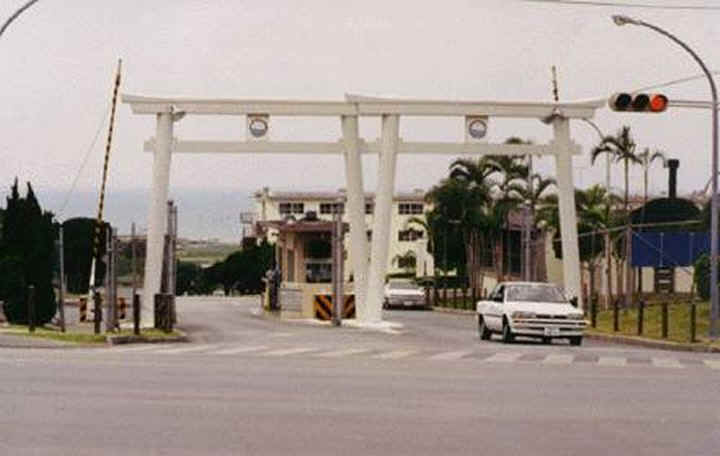The need to reduce U.S. military forces on the small
Japanese island of
Okinawa is well known. Over 28,000
Okinawa is a poor location for the Special Forces battalion. The
Army has no helicopters on the island, so it must ask the Marines for support.
Training opportunities are limited to small Marine Corps ranges, which are
restricted to small arms. The Army's presence on Okinawa may seem insignificant,
yet the latest serious criminal incident
on Okinawa occurred when a Special Forces soldier ran over and killed an elderly local women,
then drove away. 
The main U.S. Army base in Japan is just outside Tokyo. Camp Zama is near large Japanese military training areas and the large, yet rarely used, U.S. Marine Corps' Camp Fuji camp and training area. Camp Zama has its own airfield, although it's used only for VIP transport because it hosts no combat units. Moving the Special Forces battalion from Okinawa to Camp Zama benefits everyone, especially since six Blackhawk helicopters are based there with no one to support, except Generals.
This would allow the closure of Torii Station after the 10th SG headquarters moves to another building on Okinawa. The southern part of Torii Station has nice recreational beaches and key communications buildings. These can be absorbed into the adjacent Kadena Air Force base, but the central part of Torii Station can close, which is located in a highly visible area, near the major expressway on the island. The Army may use this occasion to proclaim that it shouldn't continue its historic support missions on Okinawa. It may disband the 10th SG after the Navy or Marines or Japanese government assumes their minor roles. The need to trim overhead seems unimportant to most officers, yet this change would free manpower and resources for an infantry battalion.
Moving the Special Forces battalion to mainland Japan may require new construction at Camp Zama or Camp Fuji, something the government of Japan should eagerly agree to pay for since it wants a force reduction on Okinawa. Another option is to occupy some facilities at nearby NAS Atsugi, which the U.S. Navy has agreed to vacate by 2014. An ideal location is Campbell Barracks near Perth in Western Australia, home of Australia's Special Forces. Other options are Hawaii or Bucholz Army airfield on Kwajalein, which recently lost hundreds of military personnel. All these are beyond the range of most Chinese weaponry and would greatly enhance allied cooperation in countering Chinese efforts in Southeast Asia.
Political tensions would ease as the U.S. military takes credit for reducing forces on Okinawa, while the U.S. Army saves a few million dollars a year by shedding overhead and eliminates 1500 garrison support positions. Land at Torii Station would be returned to the people of Okinawa, which is leased; local farmers already farm much of the station. This proposal seems like a minor realignment to those in the Pentagon, but to those familiar with the political forces surrounding the unpopular American occupation of Okinawa, the closure of most of Torii Station would be an important concession.
Carlton Meyer editorG2mil@Gmail.com
©2010 www.G2mil.com
July 2013 Update - Torii Station Expanding?
New Army development squeezes Okinawa farmers